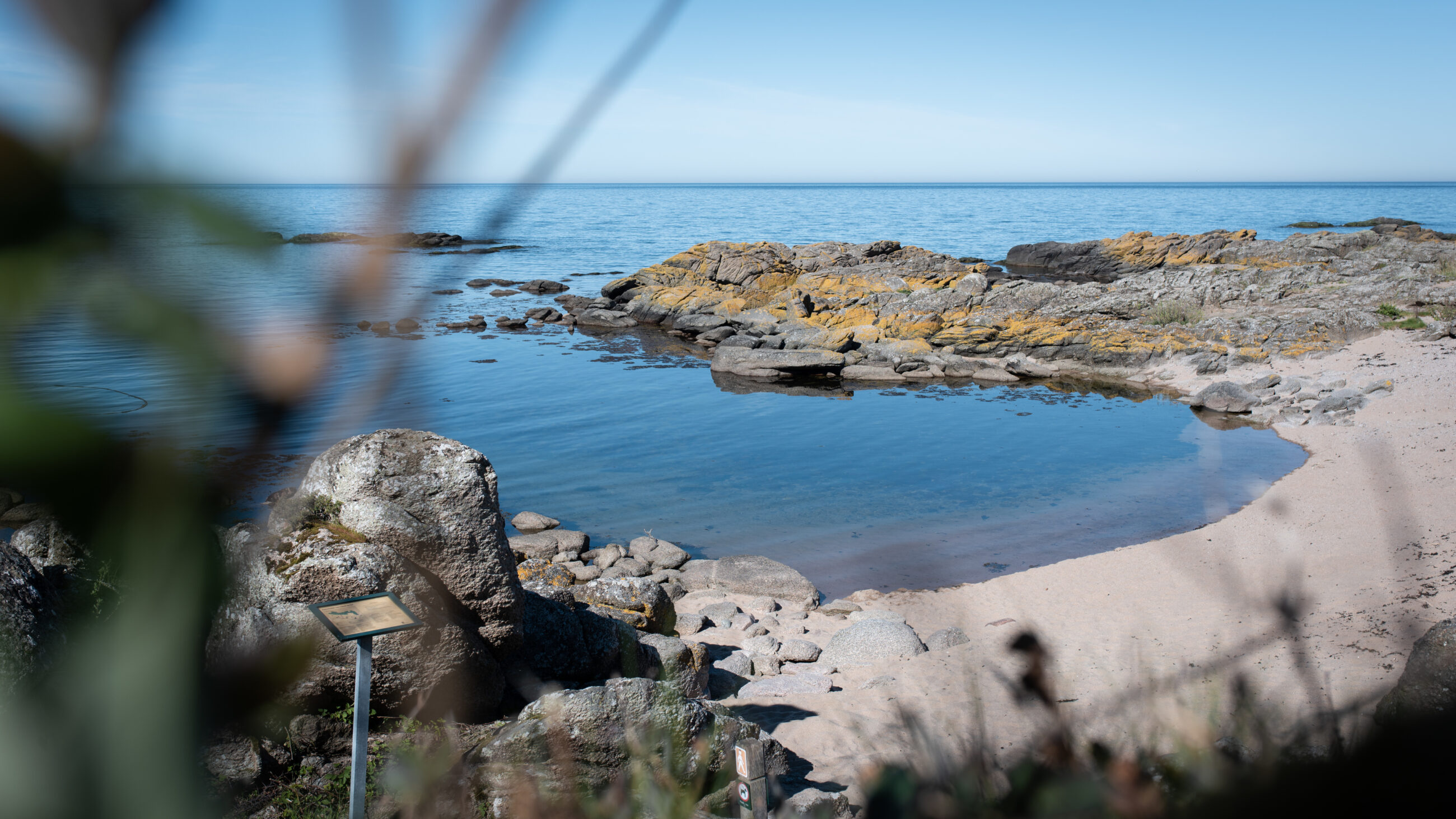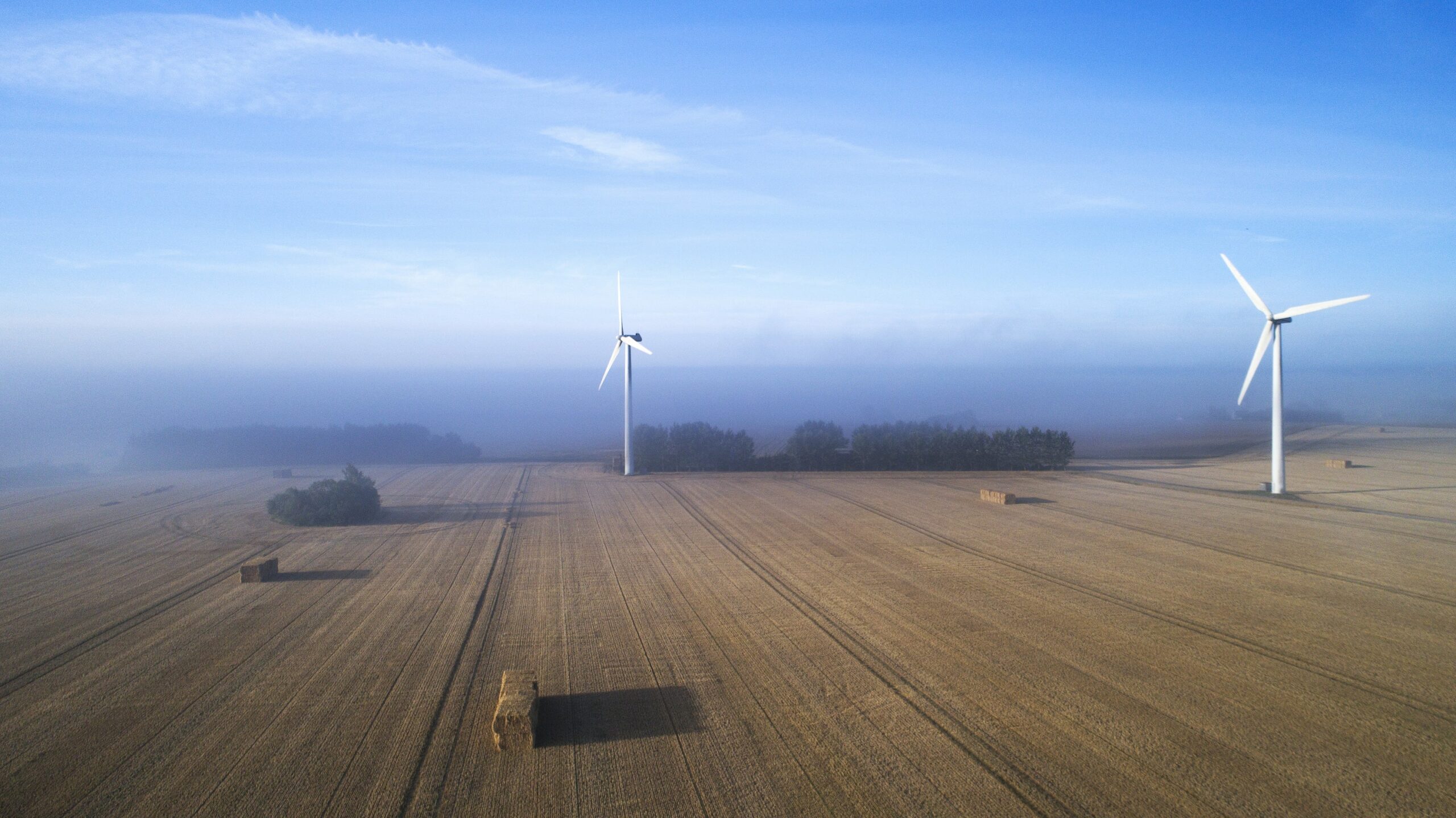News
Recycling of waste to material
Waste management
Danish pyrolysis plant recycles 30,000 tons of tyres a year


When old car tyres have expired, they are usually burned or recycled as a granulate in asphalt or synthetic football fields - but now, a third way is possible: tyres can be separated into their components through a pyrolysis process.
That is the new plan for 30,000 tons of tyres a year when a large pyrolysis plant opens in Nyborg in 2021, write the companies behind, Windspace and Elysium Nordic, in a press release.
The plant, that cost approximately EUR 40 million, sends tyres through a hot, oxygen-free environment in the pyrolysis process to separate the tyres into oil, gas, steel and the material "carbon black". Carbon black is added to the tires to act as a pigment and to reinforce the rubber of the tyres. Once the materials have been separated, they are sold again in the spirit of circular economy.
However, most Danish tyres are already recycled in other ways, so Elysium Nordic - the company behind the plant - will have to import tyres from the other Nordic countries to produce carbon black. Thereafter, the black carbon powder can be resold to mainly central-European tyre- and rubber producers.
[caption id="attachment_92841" align="alignnone" width="450"]
-Related solution: Tire-to-oil
From tyres to carbon black
Carbon black is an important ingredient in tyres. An analysis by the Danish Technological Institute shows that around 20 to 35 per cent of a tyre is carbon black.
Typically, producing a single kg of carbon black requires between 1.5 kg and 2 kg of oil. However, with the pyrolysis technology, it is possible to reclaim the carbon black from existing tyres and reuse it, if it has the right quality.
Pyrolysis is a chemical process, where the material is heated without access to oxygen, so the oxidation process only occurs in a very limited measure. For example, this can be achieved through a nitrogen atmosphere, by vacuum, or by passing pyrolysis gasses counter current through a reactor.
The process divides the organic material in the old tyres, and hereafter forms gasses, oil, steel and coke made of carbon, which can be processed into carbon black.
However, the carbon black that is produced does not necessarily have the right classification to be part of the production of new tyres. The analysis from the Danish Technological Institute mentions that several pyrolysis plants have been shut down because they could not sell the produced carbon black commercially.
The right quality
Jens Elton Andersen, the CEO of Windspace who is behind Elysium Nordic and the new plant, believes that the new plant will produce such quality carbon black, that it can still be used in the production of new tyres. Even large quantities: 9,000 tons of carbon black a year.
This is possible since all reused material from each pyrolysis process is treated individually, and every batch is tested on content and function properties.
"The properties are adjusted with the input of different types of tyres and process control so we ensure that we continue to comply with the parametres for using the recycled carbon black for the manufacture of tyres or other rubber products," Jens Elton Andersen said to Ingeniøren.
-Related solution: High quality asphalt made from scrap tyres
24,000 tons CO2 saved
According to the press release, the pyrolysis plant will save the atmosphere from 24,000 tonnes of CO2 a year, because the expected annual recycling of 9,000 tonnes of carbon black means that it is not necessary to produce new carbon black.
However, in that calculation, CO2 costs from the transportation of the used tyres from the Nordic countries and the finished carbon black to Central Europe are not deducted, says Jens Elton Andersen.
On the other hand, there are other climate gains to be achieved. The excess gases and some of the oil will be used to cover the plant's own energy consumption so that it becomes self-sufficient.
At the same time, the companies behind the project are preparing an agreement with the district heating network in Nyborg to send the plant's surplus heat out into the city's district heating network.
The plant is expected to be completed in 2021.
Sources
Ingeniøren (in Danish)
Confederation of Danish Industry (in Danish)
Municipality of Nyborg (in Danish)















